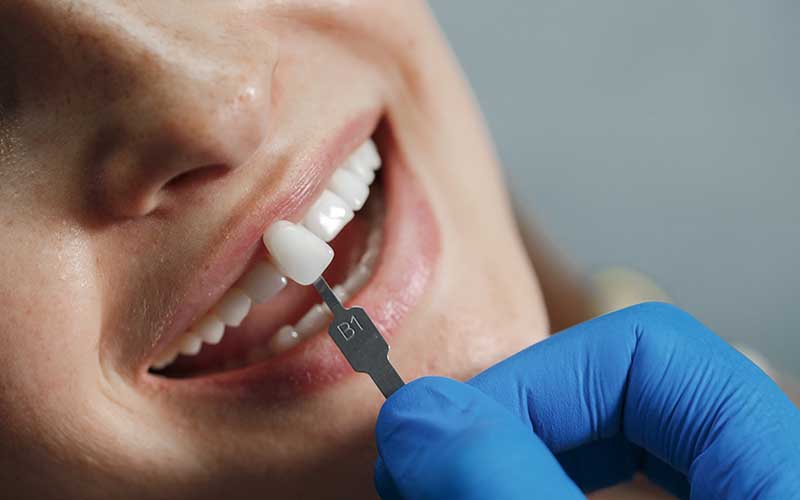Aging, injury or degenerative diseases can affect the knee joint and limit activities of daily living. Knee replacement surgery offers an effective option to solve these problems and restore freedom of movement to patients.
Knee replacement, also called knee arthroplasty or total knee replacement, is a surgical procedure to resurface a knee damaged by arthritis. In this article, we will examine what knee replacement surgery is, how it is performed and the postoperative process.
The aim of knee replacement surgery is to resurface the damaged parts of the knee joint and relieve knee pain that cannot be controlled with other treatments. Metal and plastic parts are used to cover the ends of the bones that make up the knee joint, together with the kneecap. This surgery may be considered for someone with severe arthritis or a serious knee injury.
Osteoarthritis, a degenerative joint disease that mostly affects middle-aged and older adults, can cause the joint cartilage and adjacent bone in the knees to break down. Rheumatoid arthritis, which causes inflammation of the synovial membrane and results in excess synovial fluid, can cause pain and stiffness. Traumatic arthritis, arthritis due to injury, causes damage to the knee cartilages.
Regain Freedom of Movement with Knee Replacement Surgery!
Knee Replacement Surgery
Knee replacement surgery is a surgical procedure performed to replace damaged or worn tissue and bone in the knee joint. This procedure is usually performed on patients who experience pain and limited mobility due to conditions such as osteoarthritis, traumatic damage or rheumatoid arthritis.
Stages of Knee Replacement Surgery
Examination and Evaluation in Knee Replacement Surgery
Before surgery, the doctor assesses the condition of the patient’s knee joint. Using imaging techniques such as X-rays and MRI, he or she determines the degree of damage and which areas need to be replaced.
Anesthesia in Knee Replacement Surgery
General or spinal anesthesia is usually used during surgery. This prevents the patient from feeling pain during surgery.
Making Incisions in Knee Replacement Surgery
The surgeon makes one or more incisions in the front or side of the knee joint. These incisions provide access for the insertion of the prosthesis.
Removal of Damaged Tissues in Knee Replacement Surgery
Damaged tissue and bone fragments inside the joint are removed. This allows the prosthesis to be placed appropriately.
Prosthesis Placement in Knee Replacement Surgery
The surgeon inserts a specially designed prosthesis. The prosthesis is fixed to the bones and other tissues.
Closing The Incisions in Knee Replacement Surgery
The incisions are carefully closed and closed with sutures or clips.
Recovery and Rehabilitation after Knee Replacement Surgery
After surgery, patients participate in physical therapy and rehabilitation programs. These programs help them regain knee strength and range of motion.
Things to Consider After Knee Replacement Surgery
After knee replacement surgery, patients are usually hospitalized for several days. The recovery process varies from person to person, but can usually take several weeks or longer. Physical therapy and rehabilitation help to restore the strength and flexibility of the knee.
Knee replacement surgery can provide great relief to people experiencing knee pain and restricted movement. However, the risks and outcomes of surgery can vary depending on the patient’s overall health, age and lifestyle. Therefore, if you are considering this type of surgery, it is important to consult with an orthopedic surgeon and evaluate all options.
What are the Advantages of Having Knee Replacement Surgery in Turkey?
Turkey is recognized as a health destination where many surgical procedures are offered at affordable prices. Orthopedic surgical procedures, including knee replacement surgery, can be more affordable in Turkey than in other countries.
Turkey is known for its modern medical technology and high standard healthcare facilities. Turkish orthopedic surgeons are internationally trained and specialized professionals.
Private hospitals and clinics in Turkey have the capacity to provide fast and efficient healthcare. Therefore, surgery appointments can usually be made in a short time.
Turkey has many hospitals and clinics that offer services to international patients. The convenience of communication and services for foreign patients makes Turkey a popular destination for those seeking surgical treatment.
There are many experienced orthopedic surgeons in Turkey. These specialists have the qualification and experience to perform knee replacement surgeries effectively.
Turkey offers comfortable accommodation options with many hospitals and clinics offering services in the field of health tourism. Patients are ensured to spend the post-operative recovery process in a comfortable way.
Turkey offers visitors a vacation experience full of beauty. Historical sites, magnificent beaches and delicious cuisine offer the opportunity to make the post-operative recovery process enjoyable for patients. Turkey is a country with many international flights. Therefore, it is an easily accessible destination for foreign patients.
Although having knee replacement surgery in Turkey offers many advantages, like any surgical procedure, it also involves risks. It is important to consult the right specialist and to follow post-procedure care and recovery. Following your doctor’s recommendations before and after any surgical procedure will ensure the best results.












